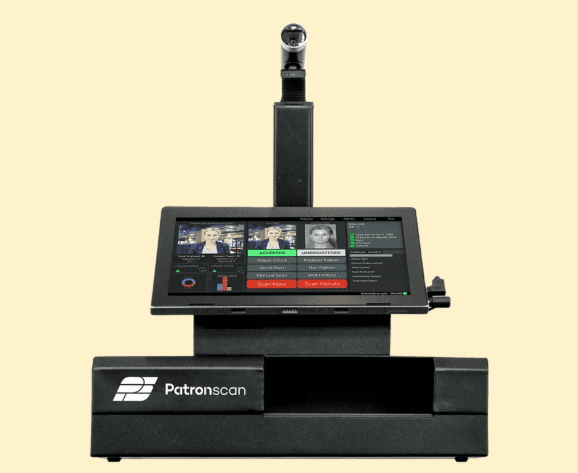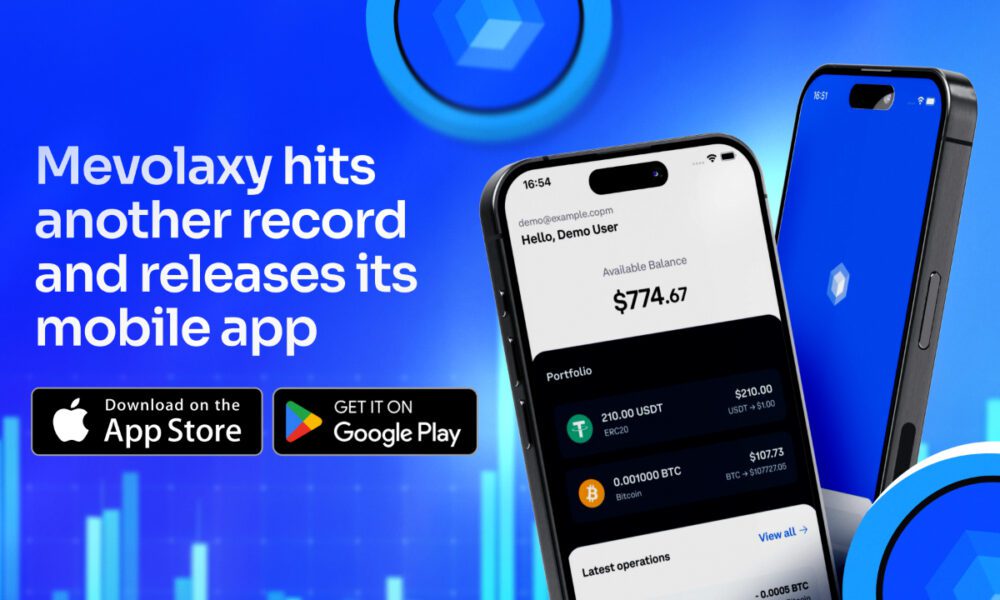Selecting the right ID scanning system involves evaluating accuracy in detecting fake IDs, ease of use, reporting features, and whether the solution offers cloud-based software or standalone hardware. A reliable ID scanner not only verifies age but also flags high-risk patrons, reducing incidents and liability. Prioritize systems with real-time alerts, compliance certifications, and a proven track record across different venues.
Running a bar, nightclub, or entertainment venue comes with more than just serving drinks – it’s about ensuring safety, compliance, and smooth operations. One wrong decision at the door can lead to legal trouble, security breaches, or even violence. That’s where modern ID verification becomes non-negotiable. Today’s venues rely on advanced tools to screen patrons before they even step inside.
But with so many options on the market, how do you pick the right one? Understanding what to look for in a scanning system is the first step toward smarter, safer hospitality management. An effective ID scanner doesn’t just read a birthdate – it acts as your first line of defense against fraud, underage entry, and repeat offenders.
What to Look for in an ID Scanning System
Selecting the right ID scanning system is a strategic decision that affects security, compliance, and operational efficiency. Whether you manage a single nightclub or oversee entry for a large-scale festival, understanding what to look for in an ID scanning system helps you choose a solution that delivers real value – not just at the door, but across your entire operation.
Authentication Accuracy Across ID Types
Venues regularly encounter a wide range of identification, from driver’s licences and enhanced IDs to international passports and foreign national cards. A reliable system must accurately read and validate all major formats without requiring constant manual updates. Look for scanners that support UV, infrared, hologram, and barcode verification to catch even the most convincing counterfeits.
Real-Time Patron Risk Intelligence
Beyond age verification, the most effective systems connect to a shared flagged patron network. This allows venues to instantly identify individuals previously involved in disturbances, property damage, or walkouts – even if the incident occurred at a different location. Real-time alerts empower staff to make informed entry decisions before problems arise.
Actionable Reporting for Smarter Operations
Modern ID scanning isn’t just about security – it’s a source of operational insight. Daily, weekly, and monthly reports can reveal trends such as peak entry times, repeat visitors, and anonymized demographic shifts. These insights help refine staffing schedules, marketing campaigns, and event planning. For example, one Canadian pub group used scan data to adjust off-peak promotions, resulting in measurable increases in midweek traffic.
Key reporting features to prioritize include:
- Automated reporting summaries
- Visual dashboards showing entry patterns
- Flagged incident logs with photo verification
Privacy Compliance and Ease of Use
Any system handling personal data must comply with Canadian privacy laws and, where applicable, international standards such as GDPR. Equally important is usability – especially during high-volume events. The interface should be intuitive enough for seasonal or part-time staff to operate confidently with minimal training.
For venues evaluating options, a reliable ID scanner like the one offered at PatronScan provides both precision and peace of mind – combining real-time fraud detection with powerful, data-driven reporting that improves ROI across marketing and operations.
ID Scanning Software vs. Hardware Differences
When evaluating ID verification tools, it’s essential to understand the core distinctions between software-based and hardware-based systems. The phrase ID scanning software vs. hardware differences reflects more than just technical specs – it highlights a fundamental shift in how venues manage security, compliance, and data intelligence in modern hospitality environments.
Hardware Scanners: Limited but Familiar
Traditional hardware ID scanners are physical devices – often countertop units with built-in card readers. They typically verify basic ID data like name and birthdate but lack deeper authentication capabilities. Most store information locally, require manual firmware updates, and cannot connect to broader security networks. While they may suffice for low-risk, low-volume settings, they offer little flexibility for festivals, pop-up events, or multi-venue operations.
Software Solutions: Scalable and Intelligent
Cloud-based ID scanning software runs on standard devices like tablets or smartphones, turning them into powerful verification tools. These systems authenticate IDs using real-time databases, detect fake documents through multi-layered checks, and instantly flag high-risk individuals via a shared patron network. Updates happen automatically, ensuring continuous protection against emerging counterfeit trends.
The Best of Both Worlds: Integrated Hardware + Software
Patronscan combines purpose-built hardware with intelligent cloud-based software to deliver comprehensive ID verification. The hardware includes advanced optical sensors capable of reading UV, IR, magnetic stripes, 2D barcodes, and other embedded security features that software-only systems simply can’t access. At the same time, the software layer provides real-time authentication, cross-venue flagged patron alerts, automatic updates, and anonymized analytics—all while complying with strict privacy standards.
Practical Implications for Venues
For event organizers managing temporary setups – such as summer beer gardens or large music festivals like Cowboys Music Festival – the mobility and scalability of a system like Patronscan make a significant operational difference. Staff can scan IDs at any gate using handheld devices, while managers monitor entry trends and security alerts from a single dashboard. In contrast, hardware units are fixed, harder to maintain, and rarely integrate with other business systems.
Understanding ID scanning software vs. hardware differences helps venue operators avoid outdated investments and choose a solution that aligns with today’s dynamic event landscape – where agility, intelligence, and integration define effective security.
How ID Scanners Help Prevent Fake IDs
Fake identification has become increasingly sophisticated, posing serious risks for venues that serve alcohol or host large gatherings. From music festivals to seasonal beer gardens, operators can no longer rely on visual inspection alone. Modern ID scanner technology offers a multi-layered defense – detecting counterfeits quickly, accurately, and consistently.
Multi-Layer Authentication Goes Beyond the Surface
Today’s fake IDs often replicate visible elements like fonts, colours, and layout with surprising precision. What sets advanced ID scanners apart is their ability to verify hidden security features that are nearly impossible to replicate without specialized equipment. These include:
- Ultraviolet (UV) ink patterns visible only under specific lighting
- Microprinting that blurs or disappears when photocopied or replicated
- Infrared reflectivity unique to official government documents
- Barcode and magnetic stripe data that matches printed information
When any of these elements fail validation, the system alerts staff immediately – within seconds.
Real-Time Intelligence from a Live Database
Beyond physical verification, the most effective systems cross-reference scanned IDs against constantly updated databases of known counterfeit formats. This means a fake ID detected at one venue can be flagged across an entire network. For example, over 500,000 fake IDs have been identified globally through shared intelligence from venues in hundreds of cities – a powerful deterrent for repeat offenders.
Accountability Through Photo Capture
Another key deterrent is the option to automatically capture a timestamped photo during each scan. This links a real-time image of the patron to their ID record, making individuals more accountable for their behaviour. Venues report fewer incidents of property damage, walkouts, and aggression once patrons know their identity is documented.
Supporting Staff in High-Traffic Environments
In fast-paced settings like festivals or tourist-heavy districts, staff often face pressure to move lines quickly. An ID scanner reduces guesswork and human error, allowing even temporary or seasonal workers to make confident, consistent decisions.
This is especially valuable in tourist and travel hotspots such as Las Vegas, Banff, Miami, and Niagara Falls, where international IDs are common and manual verification is prone to mistakes. The system really shines in major cities hosting internal events such as the FIFA World Cup, the Olympics, and other major events that have a global draw.
Understanding how ID scanners help prevent fake IDs isn’t just about compliance – it’s about creating a safer, more secure environment for everyone. By combining physical authentication, real-time data, and visual accountability, modern scanning systems turn a routine check into a strategic safety measure.
Key Takeaways for Choosing the Right ID Scanner
Selecting the right ID scanning system requires balancing accuracy, intelligence, and adaptability. From detecting sophisticated fake IDs to delivering actionable operational insights, modern solutions go far beyond basic age verification. Whether you operate a single venue or manage large-scale events, understanding what to look for in an ID scanning system ensures you invest in security that’s both effective and future-ready.































